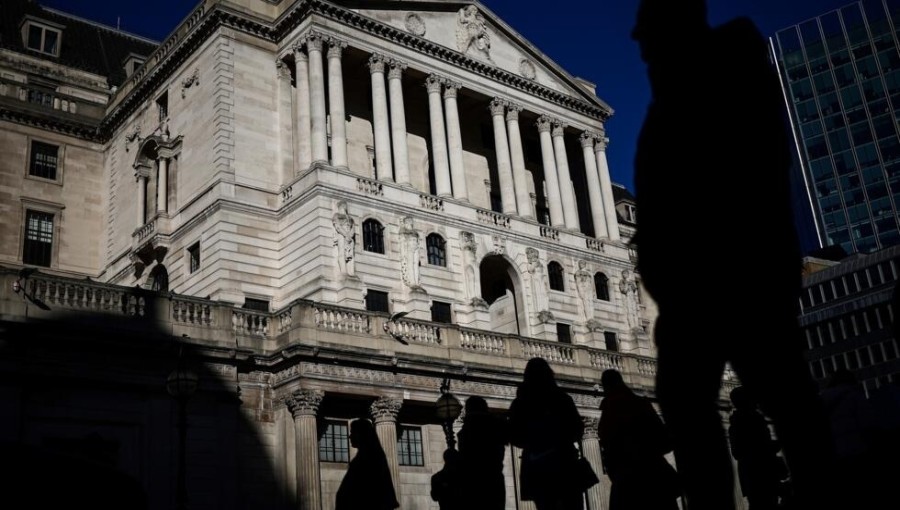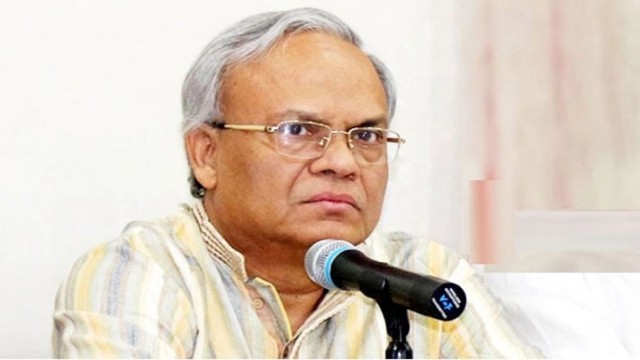The recent fluctuations in global markets reflect a nuanced interplay of various factors, from central bank policies to geopolitical tensions and economic indicators. Let's dissect these developments to gain a comprehensive understanding of the current market landscape.
Firstly, the bullish sentiment observed in European markets, particularly evidenced by London's attainment of yet another all-time high, underscores investor optimism regarding the trajectory of monetary policy. The anticipation surrounding the Bank of England's meeting signals a collective expectation for a potential normalization of monetary policy in the coming months. This sentiment is further bolstered by recent actions taken by other central banks, such as the Riksbank's decision to reduce borrowing costs, signaling a broader trend toward accommodative monetary measures.
The dovish stance adopted by central banks, including the Federal Reserve, in response to persistent inflationary pressures has been a focal point for investors. While initial expectations for multiple rate hikes have been tempered in light of robust inflation readings, the consensus now points towards a more gradual approach, with expectations of approximately two rate cuts by January. This recalibration of rate hike expectations reflects the evolving economic landscape and the pragmatic approach adopted by central bankers in navigating the delicate balance between inflation containment and economic growth stimulation.
Noteworthy remarks from key figures within the Federal Reserve, such as Boston Fed President Susan Collins and Minneapolis counterpart Neel Kashkari, have underscored the need for sustained vigilance in addressing inflation dynamics. The commitment to maintaining interest rates at elevated levels for an extended period underscores the Fed's resolve to anchor inflationary expectations and foster economic stability.
Furthermore, recent market dynamics have been influenced by a confluence of factors, including upbeat corporate earnings, reassuring statements from Fed Chair Jerome Powell, and a notable miss in US jobs data. These developments have injected a sense of confidence among traders, contributing to a buoyant market sentiment and a positive outlook for equities.
In the Asian markets, while certain indices, such as Hong Kong's Hang Seng Index, have exhibited resilience and upward momentum, others have experienced more subdued performance. This divergence underscores the nuanced nature of regional market dynamics and the varied impact of global developments on different economies.
Looking ahead, investors will continue to monitor key indicators, such as efforts to broker a ceasefire in the Middle East and ongoing geopolitical tensions, alongside economic data releases and central bank communications. The interplay of these factors will shape market sentiment and investment strategies in the days and weeks to come, underscoring the dynamic nature of global financial markets and the importance of adaptability in navigating uncertainty.































Comment: